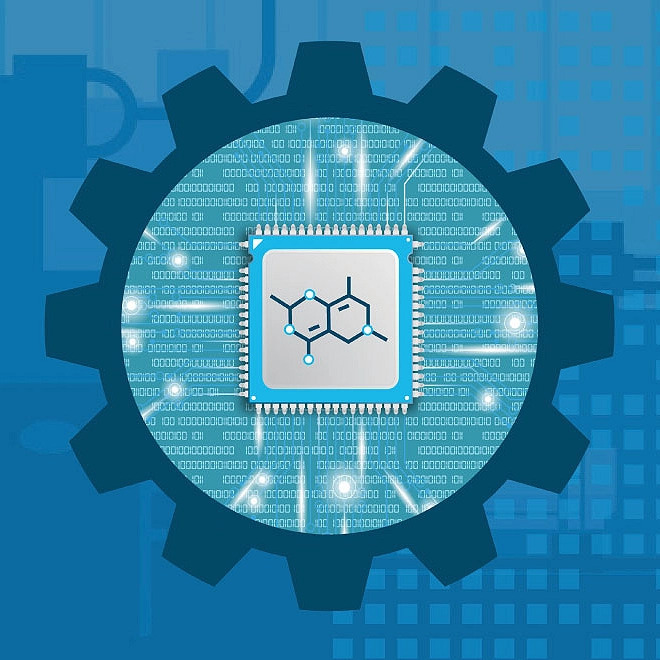To illuminate its concept of Industry 4.0, GTAI invokes the concept of Cyber-Physical Systems (CPS)—technologies that marry the digital and physical worlds,12 typically via sensors affixed to physical devices and networking technologies that collect the resulting data.13 This concept is remarkably similar to the more commonly referenced IoT.14
Deloitte accepts the GTAI definition and believes the value of the Industry 4.0 concept can be enhanced through a clarification of the role played by technologies that facilitate the physical manipulation of objects. Manufacturing leaders must understand how both control systems in the factory and manufacturing execution systems—also known as operations technologies (OT)—and general corporate function and capability that synchronizes across functional systems—also known as information technologies (IT)—are co-evolving in ways that will bring profound opportunity and change to their business. Understanding how the various information technologies interplay with the physical world to drive innovation is a good place to start.
Deloitte has developed in-depth research and analysis focused on the impact of the Internet of Things and the ways in which the flow of information can enable organizations to create and capture value. Visit Internet of Things to read the full series, learn more about the Information Value Loop, the functions of its various stages and value drivers, and see examples of its application in various sectors and scenarios.
Connectivity, information, and action: The Information Value Loop and Industry 4.0
Inherent within manufacturing is the process of information creation, communication, and action. While its output is a physical object, manufacturing inevitably begins with information: A design is created via drawing, design software, or the scanning of a physical object, creating data.15 These data are then communicated to machines that execute the design, bringing it forth from the digital to the physical realm. Ideally, data from the process of creation (and subsequent use) is further captured, sparking ongoing cycles between the digital and physical realms. It is here that the overlap between the concepts of Industry 4.0 and the IoT becomes apparent.
For further information about these and other advanced, connected technologies, please visit the Deloitte University Press series:
- Internet of Things
- Additive manufacturing
- Analytics
- Cognitive technologies and artificial intelligence
Integrating the digital and the physical to achieve business objectives
Even as we explore the ways in which information creates value, it is important to understand value creation in manufacturing from the physical perspective. Creating value in the form of products and services gave rise to the notion of a manufacturing value chain: the series and sequence of activities through which an organization transforms inputs into outputs, and ultimately sells, delivers, and continues to support those outputs for customers. Note that, in contrast to the IVL, the manufacturing value chain is generally perceived to be linear, befitting its focus on the production of physical objects. We posit that by augmenting the value chain with Industry 4.0 technologies, information generated in various stages can inform other points, making the structure—while still linear—far more dynamic and, from an information perspective, a circular feedback loop.
Throughout the manufacturing value chain—from design and development to manufacture, sale, and service—business outcomes may emerge from the integration of IT and OT. Broadly speaking, we identify two business imperatives for manufacturers: operating the business and growing the business. Within these imperatives exist four core business objectives: productivity, risk reduction, incremental revenue, and new revenue. Myriad sub-objectives can fall under these categories (see, for example, table 2) that define the tactical approaches for managers to deliver value. Some, as we will discuss, can be addressed more readily through Industry 4.0 technologies; others can be achieved via more traditional methods.



